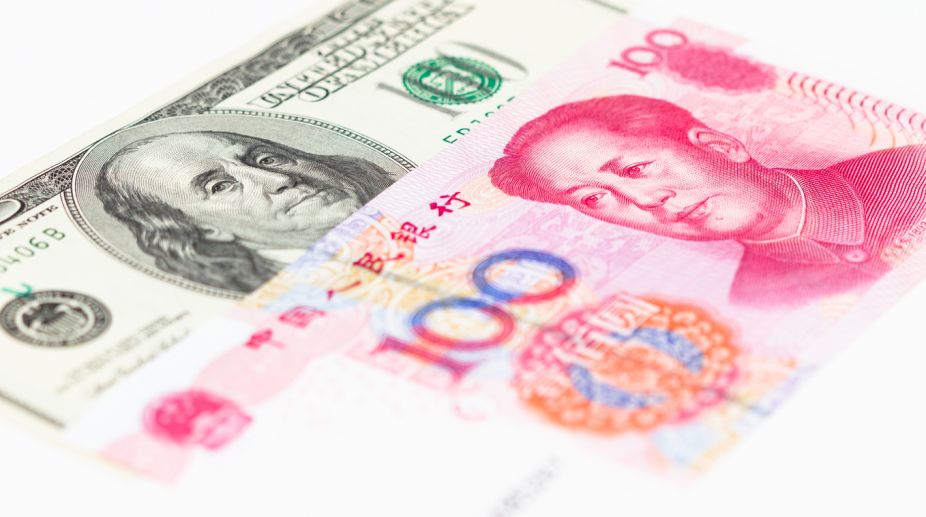Foreign investors withdrew over Rs 22,000 crore from Indian equities
In January so far, foreign investors have withdrawn Rs 22,194 crore from Indian equities.

Representational Image (Photo credits: Getty Images)
The central parity rate of the Chinese currency, the renminbi or the yuan, weakened 239 basis points to 6.5207 against the US dollar on Wednesday, the lowest point in about two weeks.
The softer rate came after drops in the offshore yuan against the dollar on Tuesday following rumours that the country’s central bank had notified lenders to suspend the “counter-cyclical factor” in the pricing mechanism of the yuan’s central parity rate, Xinhua reported.
Advertisement
The People’s Bank of China said in response that parameters of the “counter-cyclical factor” are determined by market-making banks based on their own judgement on the macro-economy and the foreign exchange market.
Advertisement
In May 2017, authorities introduced the “counter-cyclical factor” to the existing pricing model of the yuan’s central parity rate against the dollar, aiming to moderate pro-cyclical fluctuations driven by irrational sentiment in the foreign exchange market.
In China’s spot market, the yuan is allowed to rise or fall by 2 per cent from the central parity rate each trading day.
The World Bank (WB) on Tuesday said growth in China remained solid throughout 2017 and its growth slowdown was well managed. China’s trade flows recovered markedly in 2017, with tighter enforcement of capital flow management.
The central parity rate of the yuan against the US dollar is based on a weighted average of prices offered by market makers before the opening of the interbank market each business day.
The China Foreign Exchange Trade System said that China’s foreign exchange market is prone to irrational expectations due to a certain level of “pro-cyclicality” which distorts market demand and supply, and increases the risk of the market exchange rate overshooting.
Adding the “counter-cyclical factor” to the existing model will help correct the trend and steer market attention to the macro-economy, it said.
China has been pushing reform of the yuan’s exchange rate formation system to make the currency more market-oriented and help stabilize expectations.
The yuan’s onshore exchange rate strengthened by 6.72 per cent against the US dollar in 2017, the sharpest annual appreciation in nine years, according to calculations by financial information provider Eastmoney.com.
The currency has seen sustained strength this year, with its central parity rate strengthening to a 20-month high against the US dollar on Monday
Advertisement